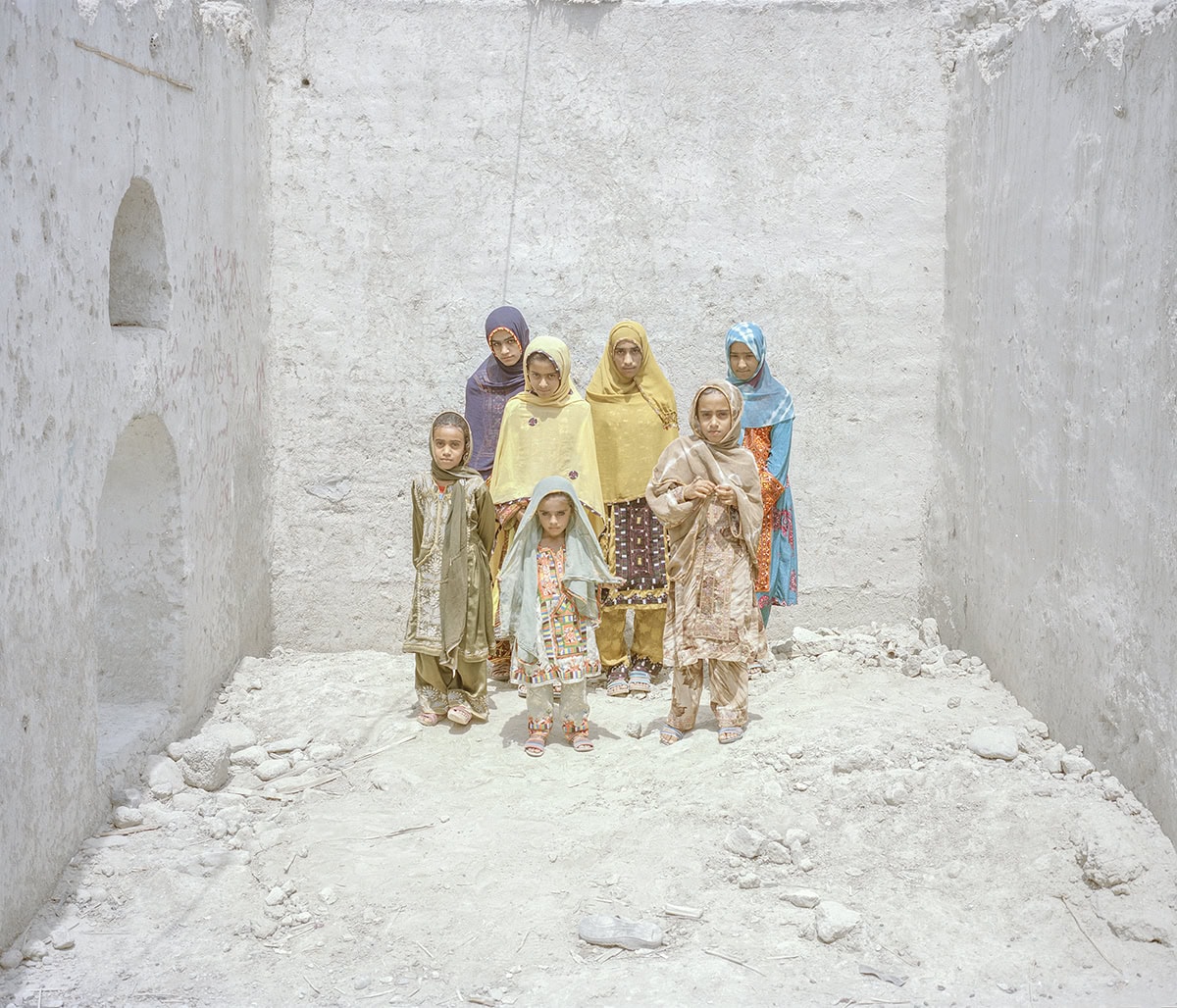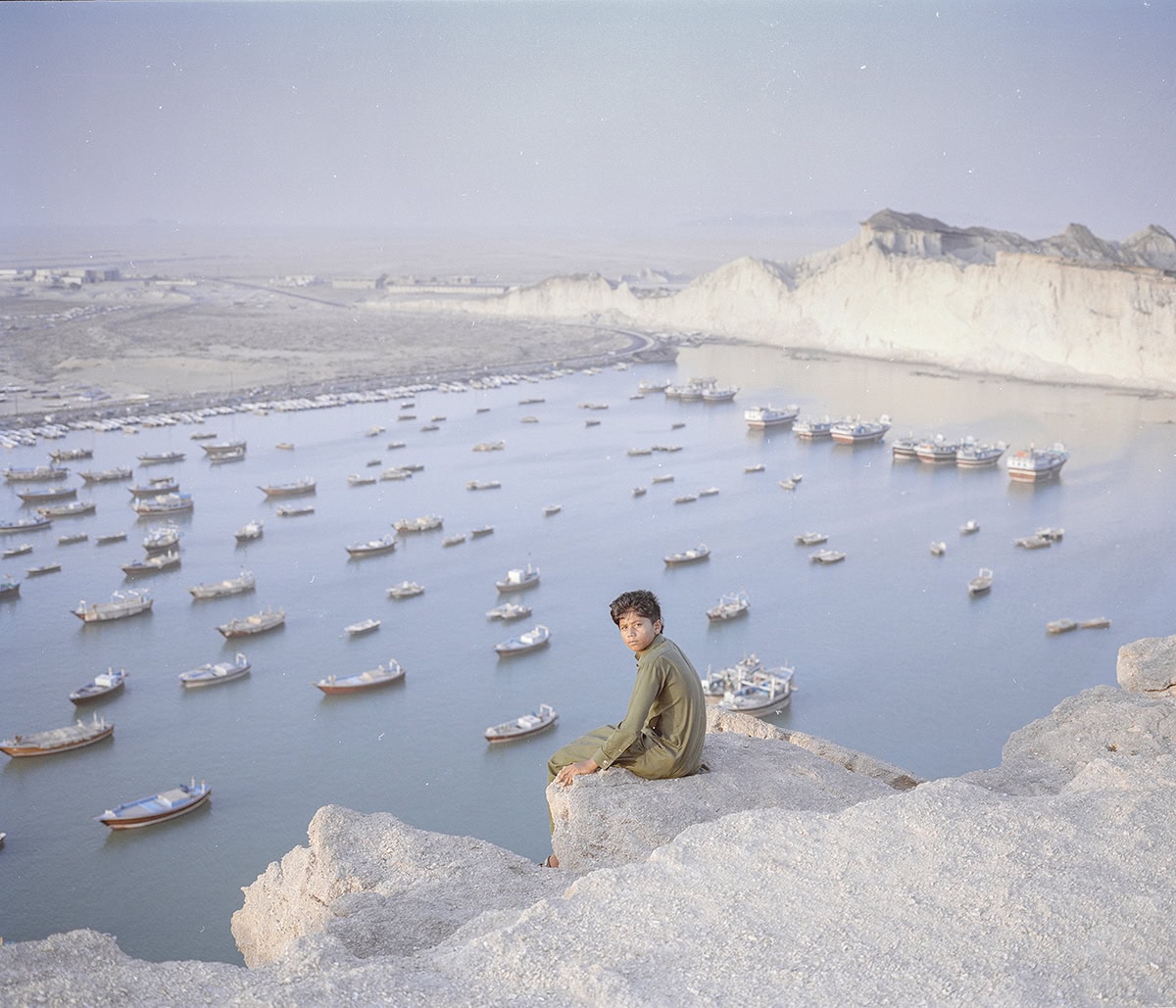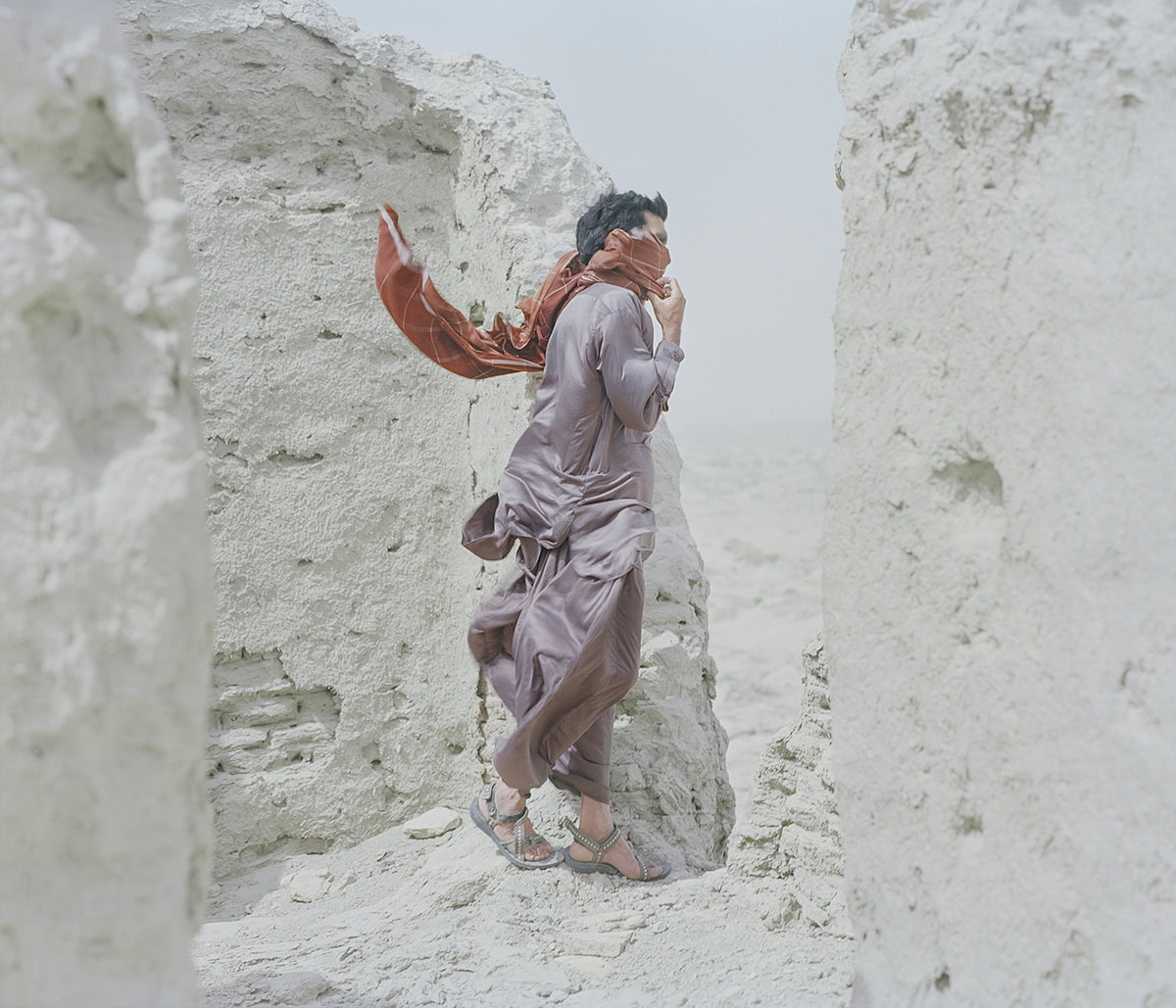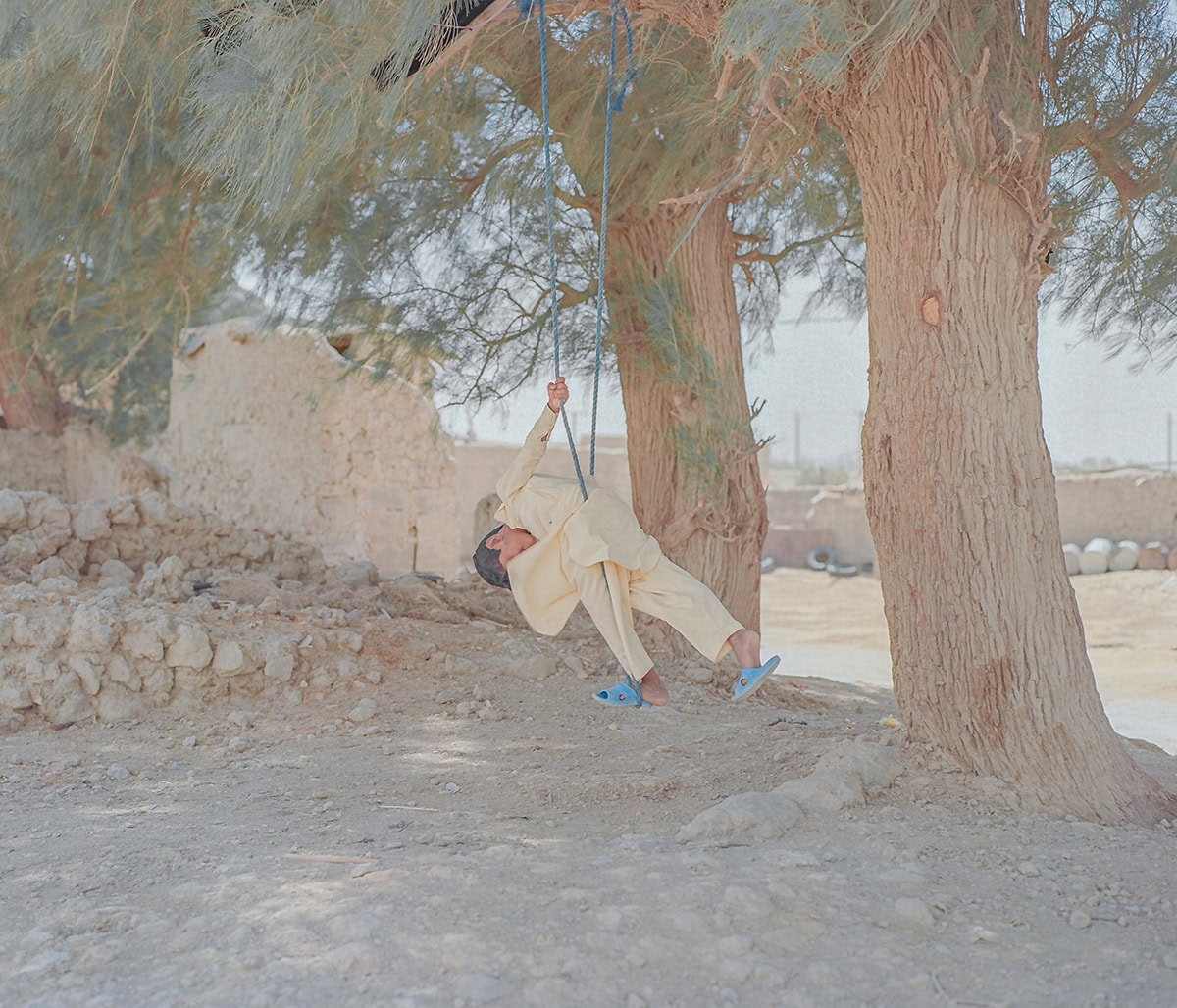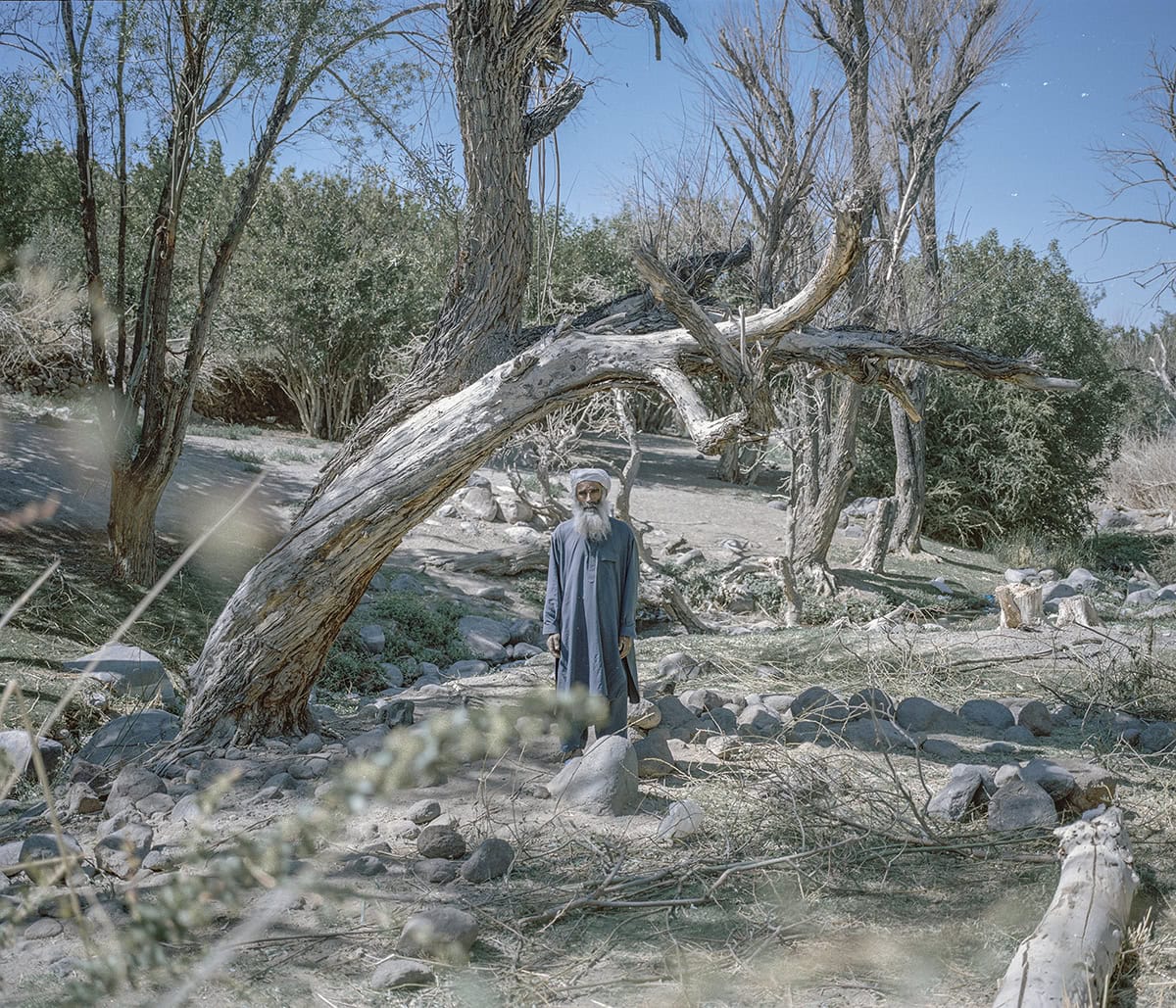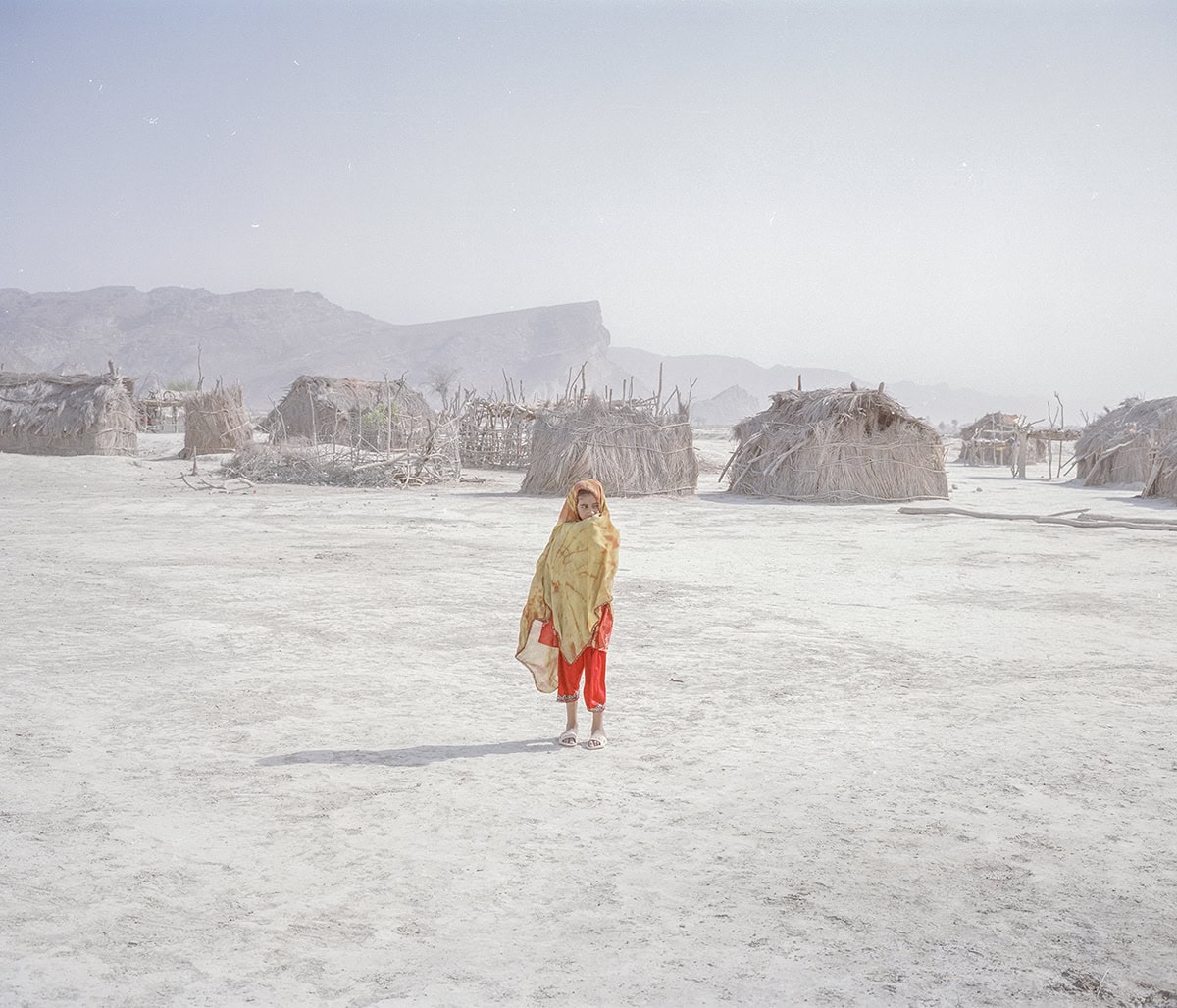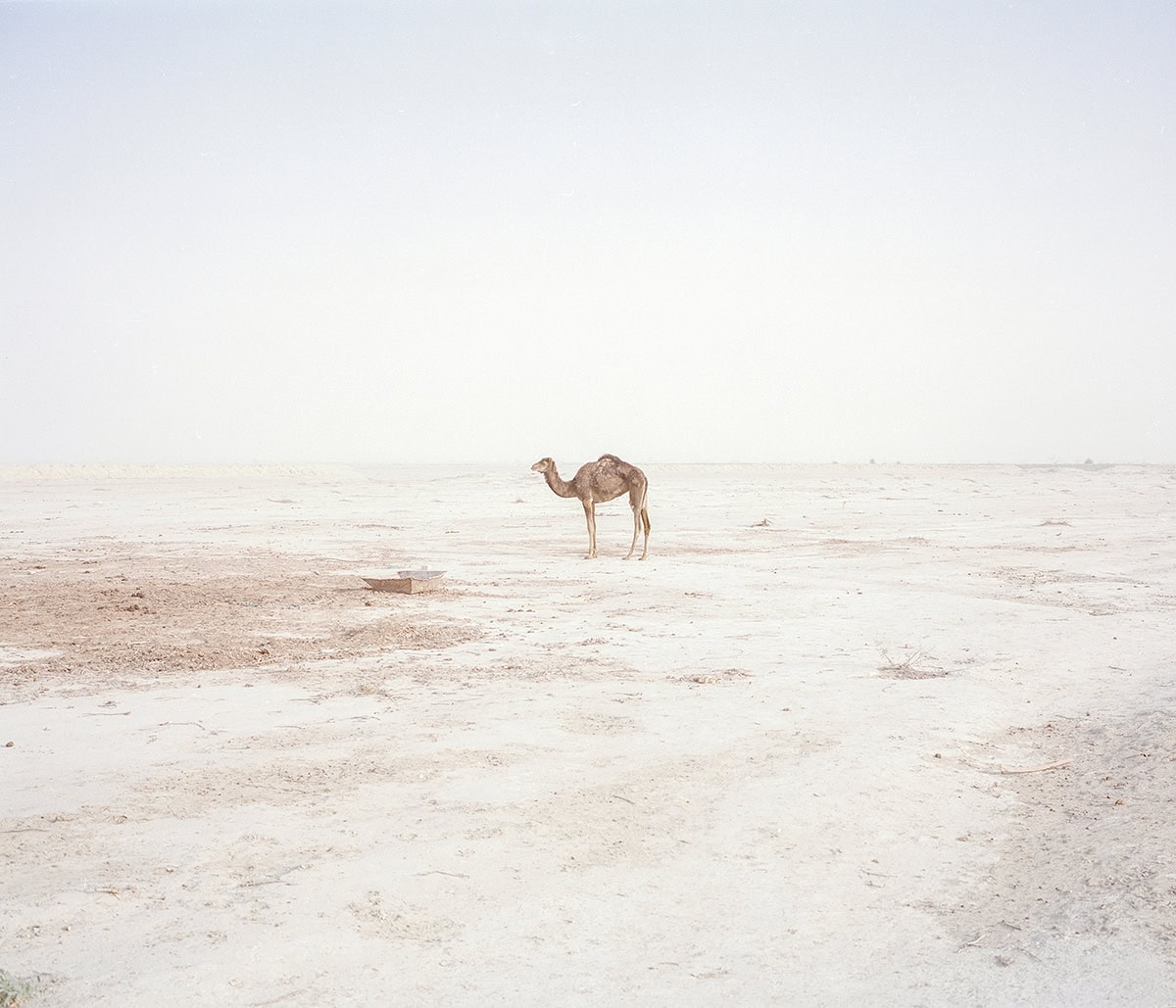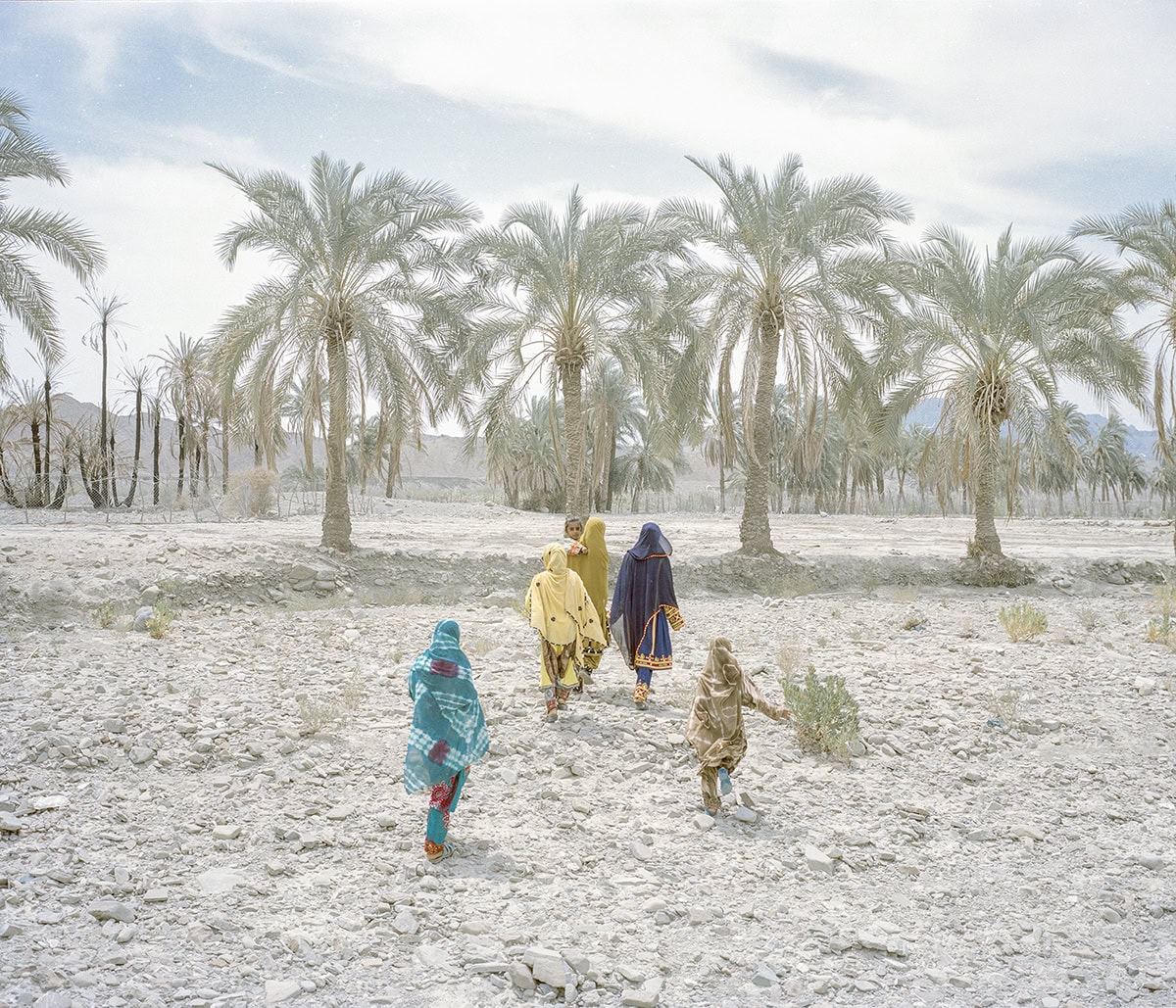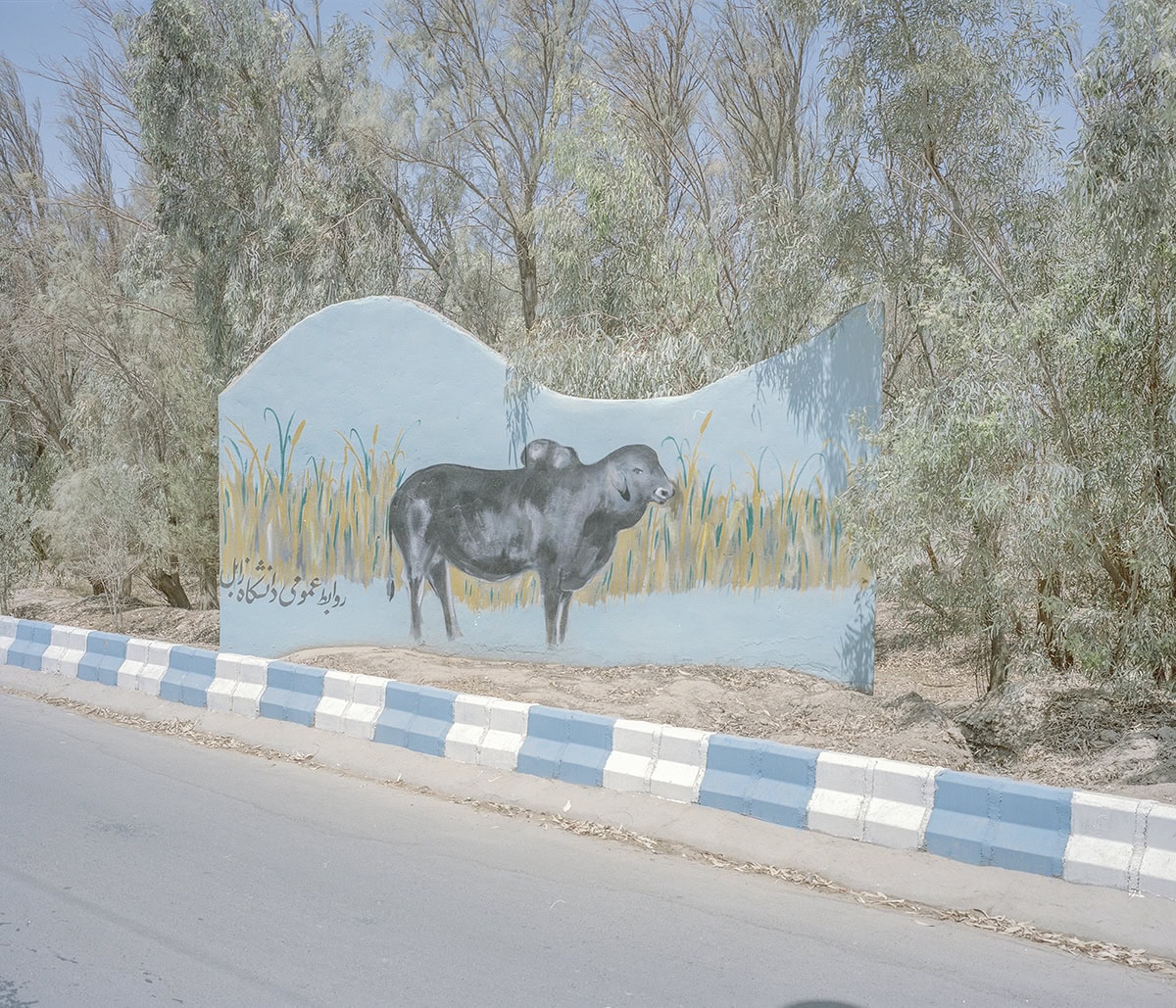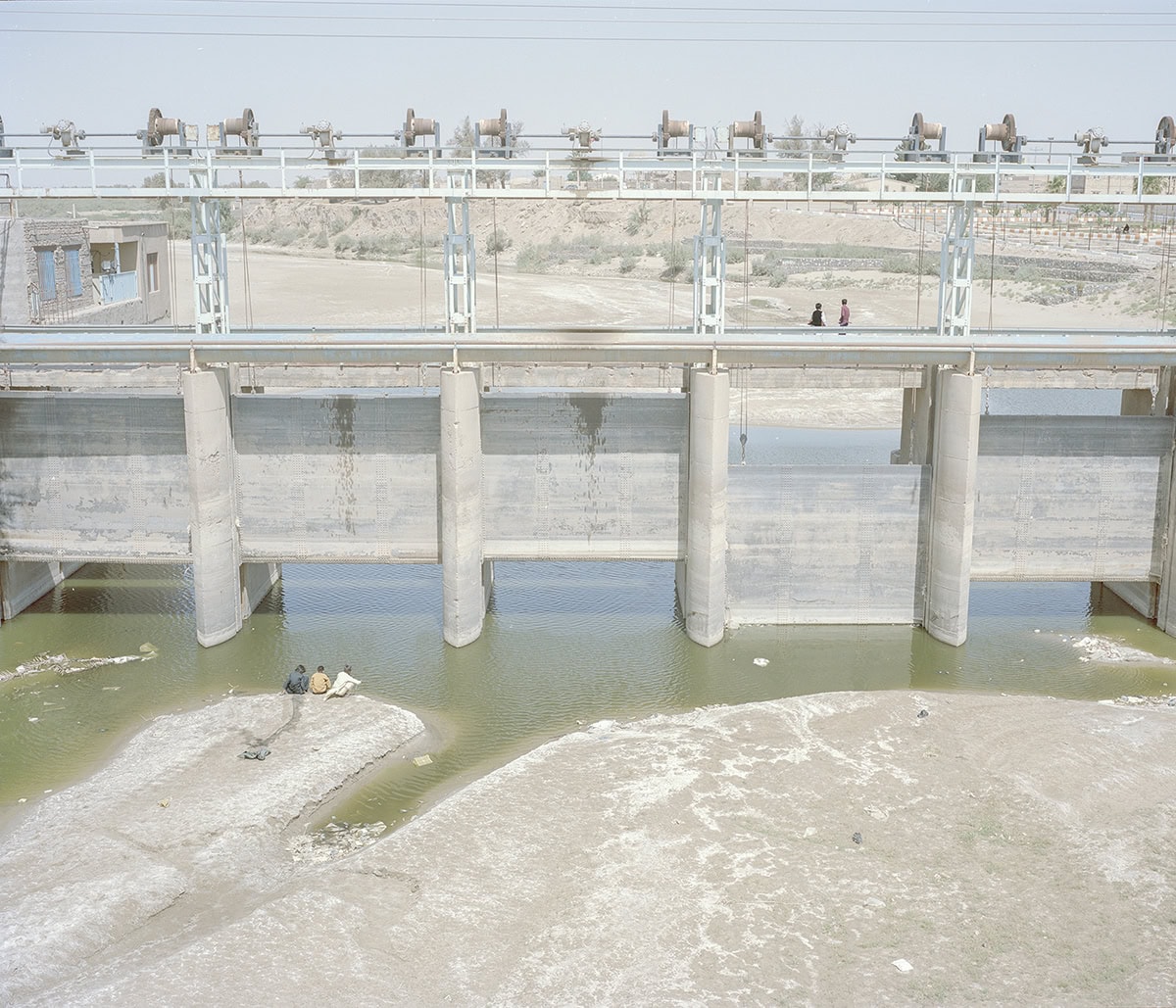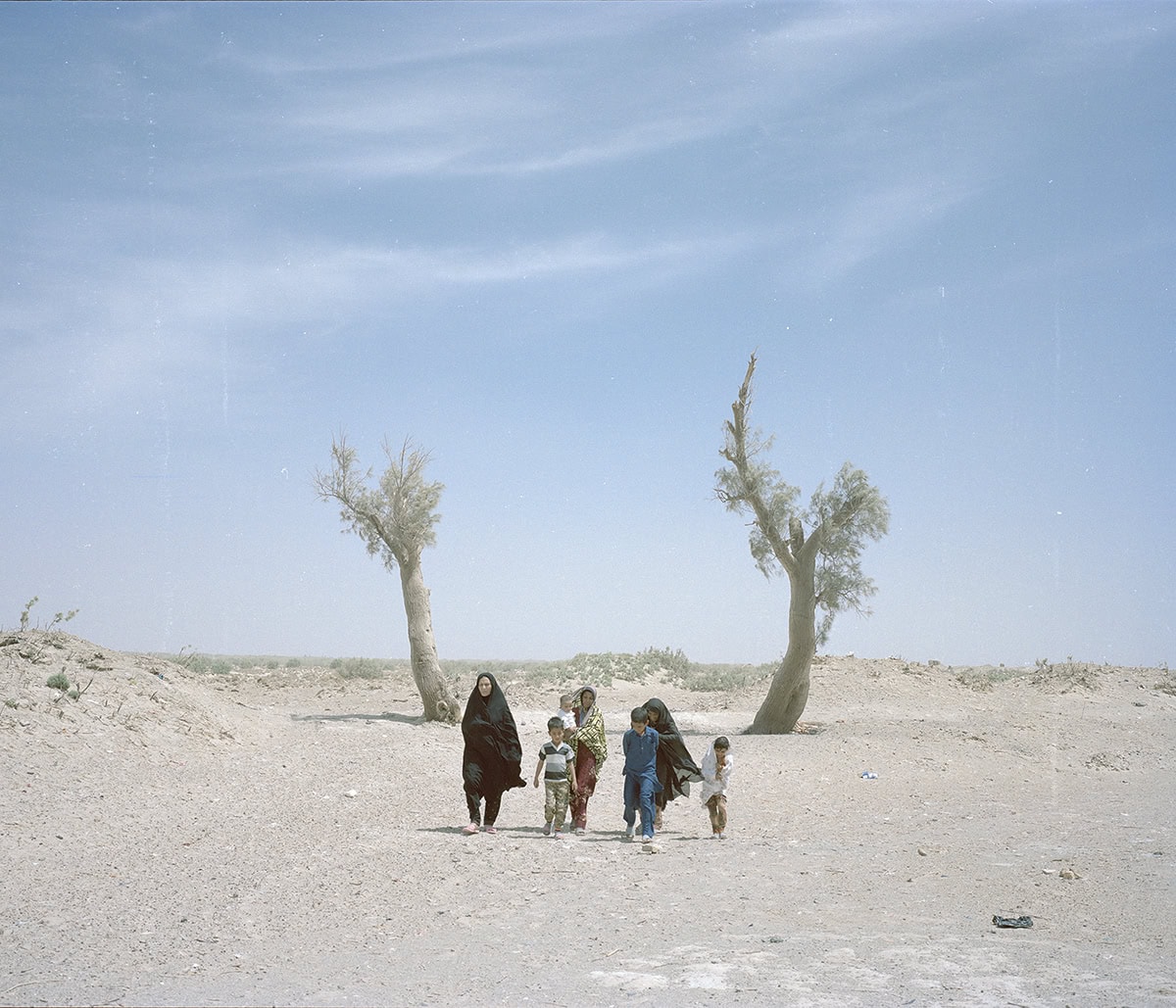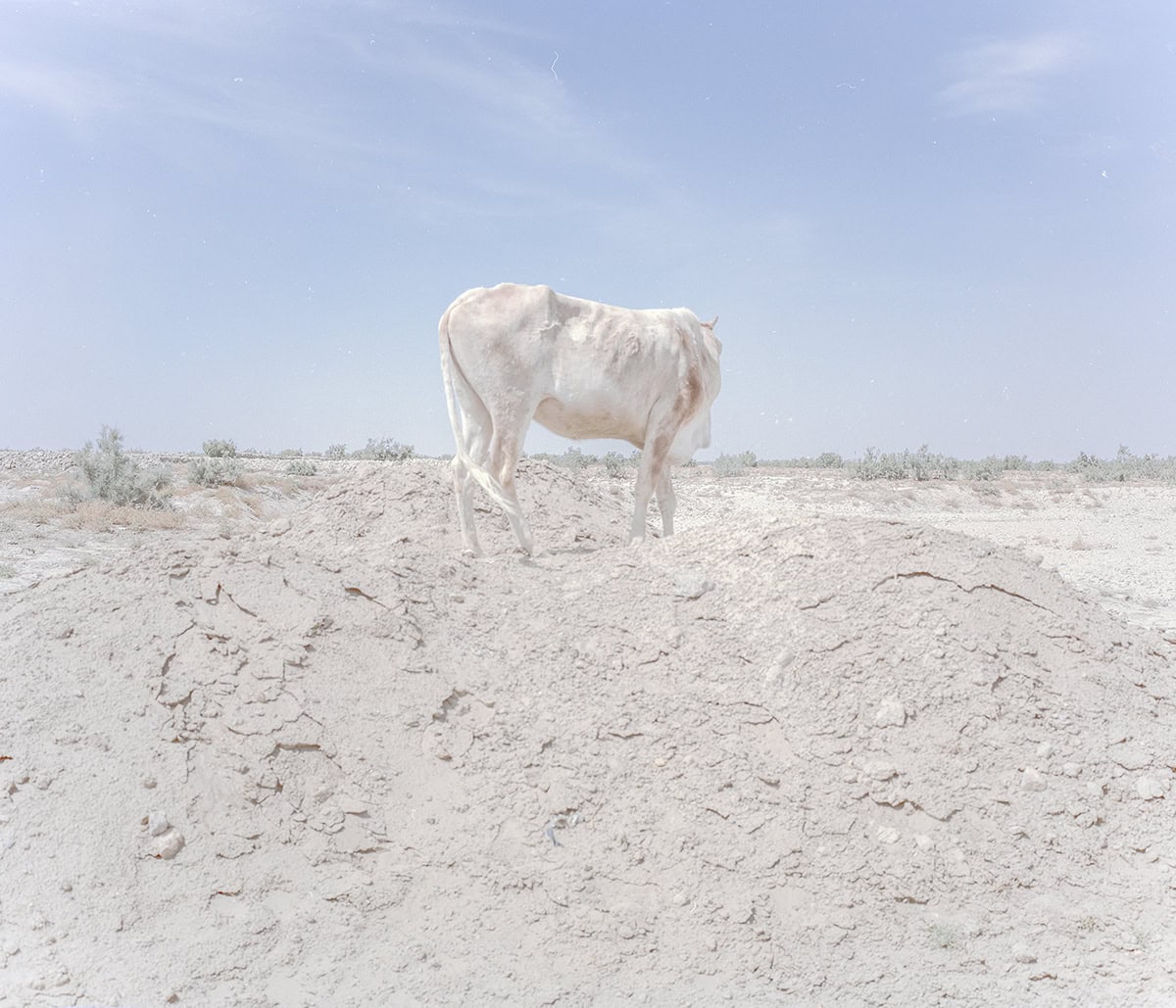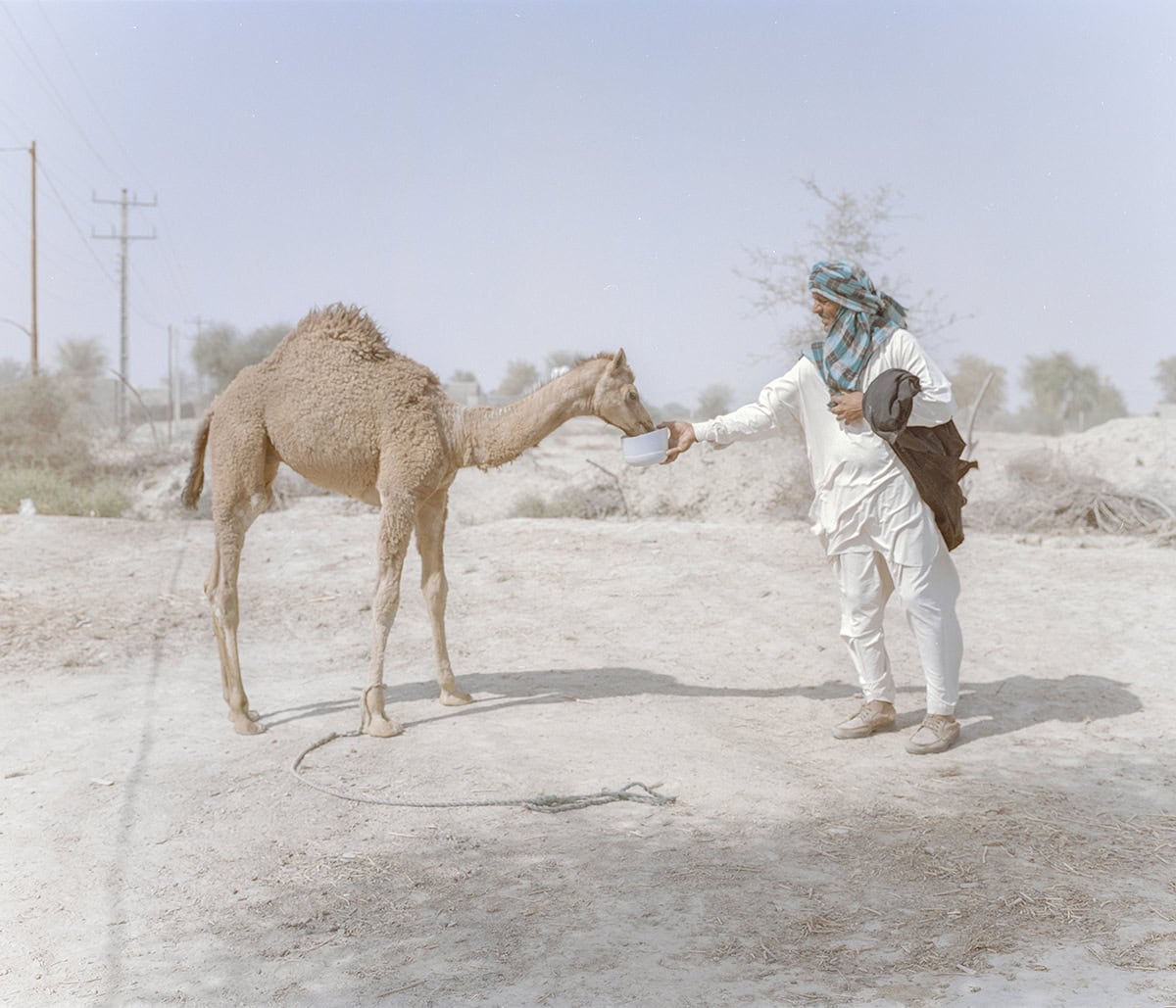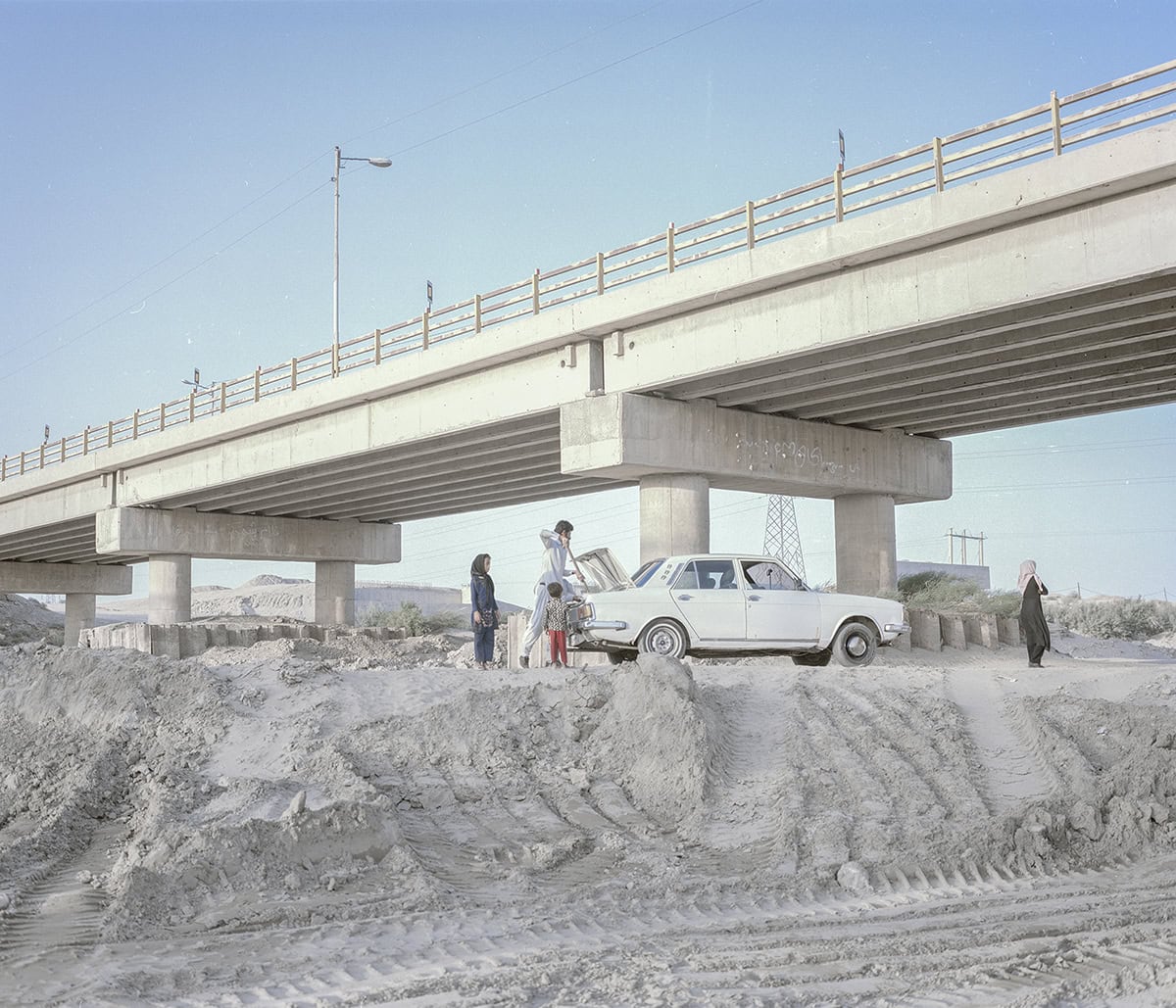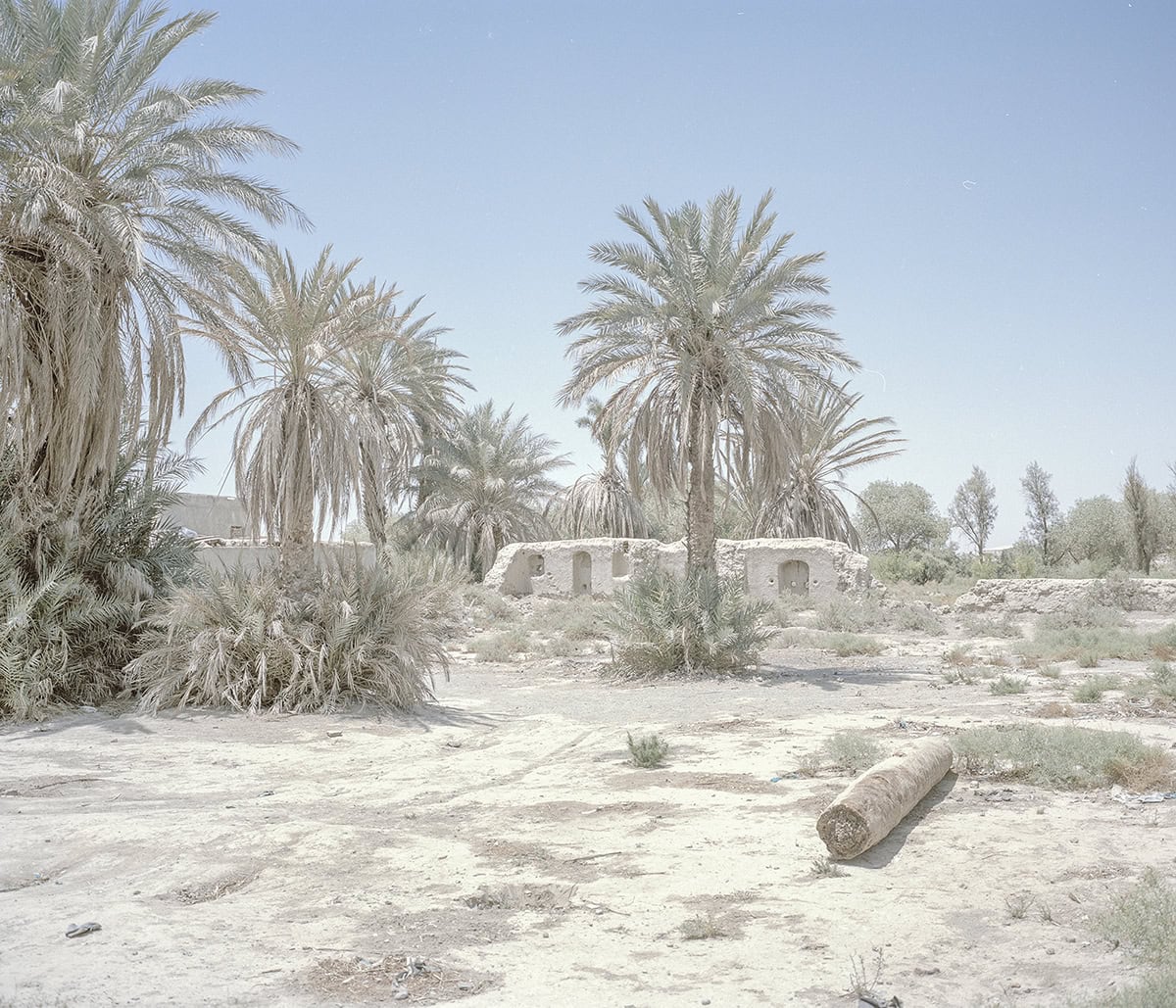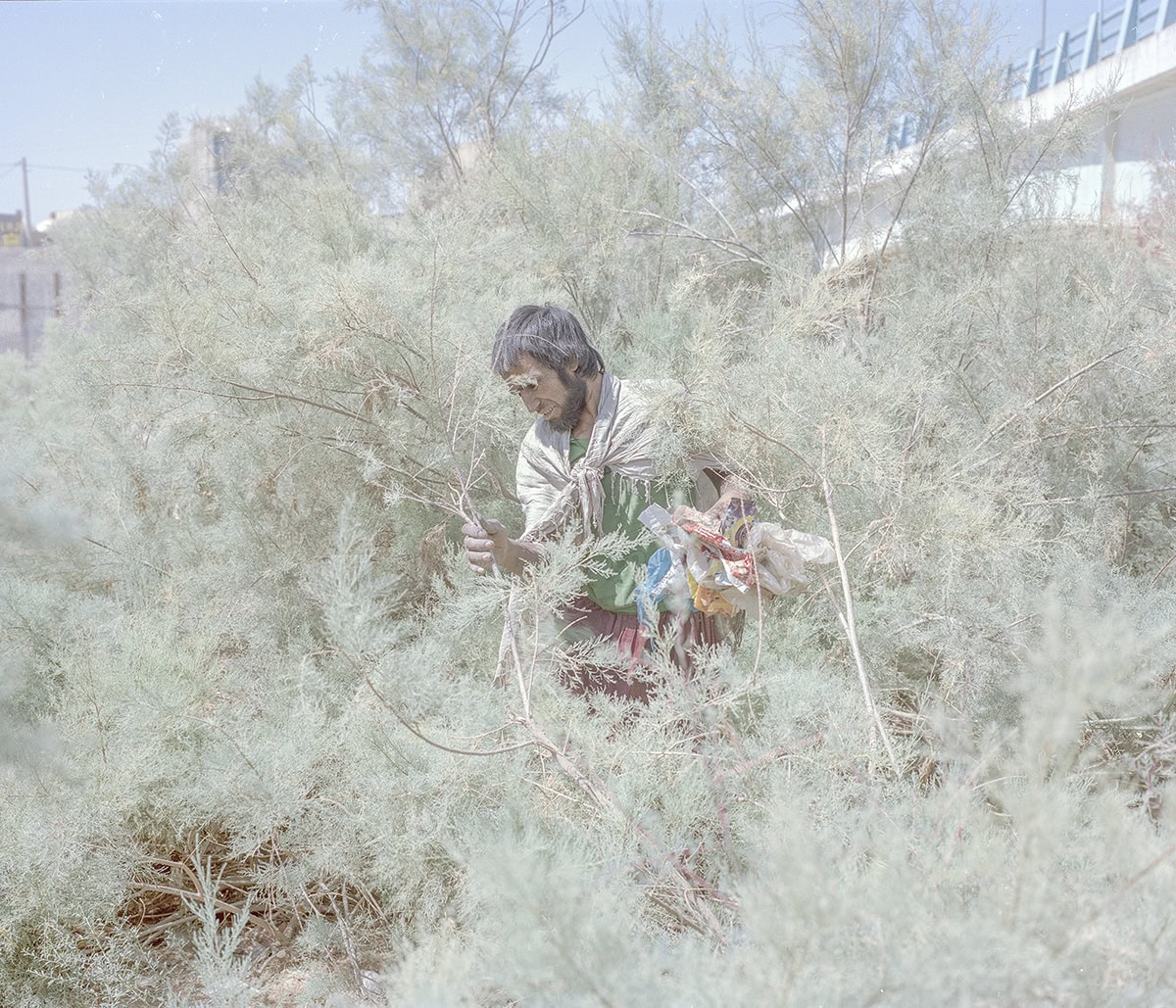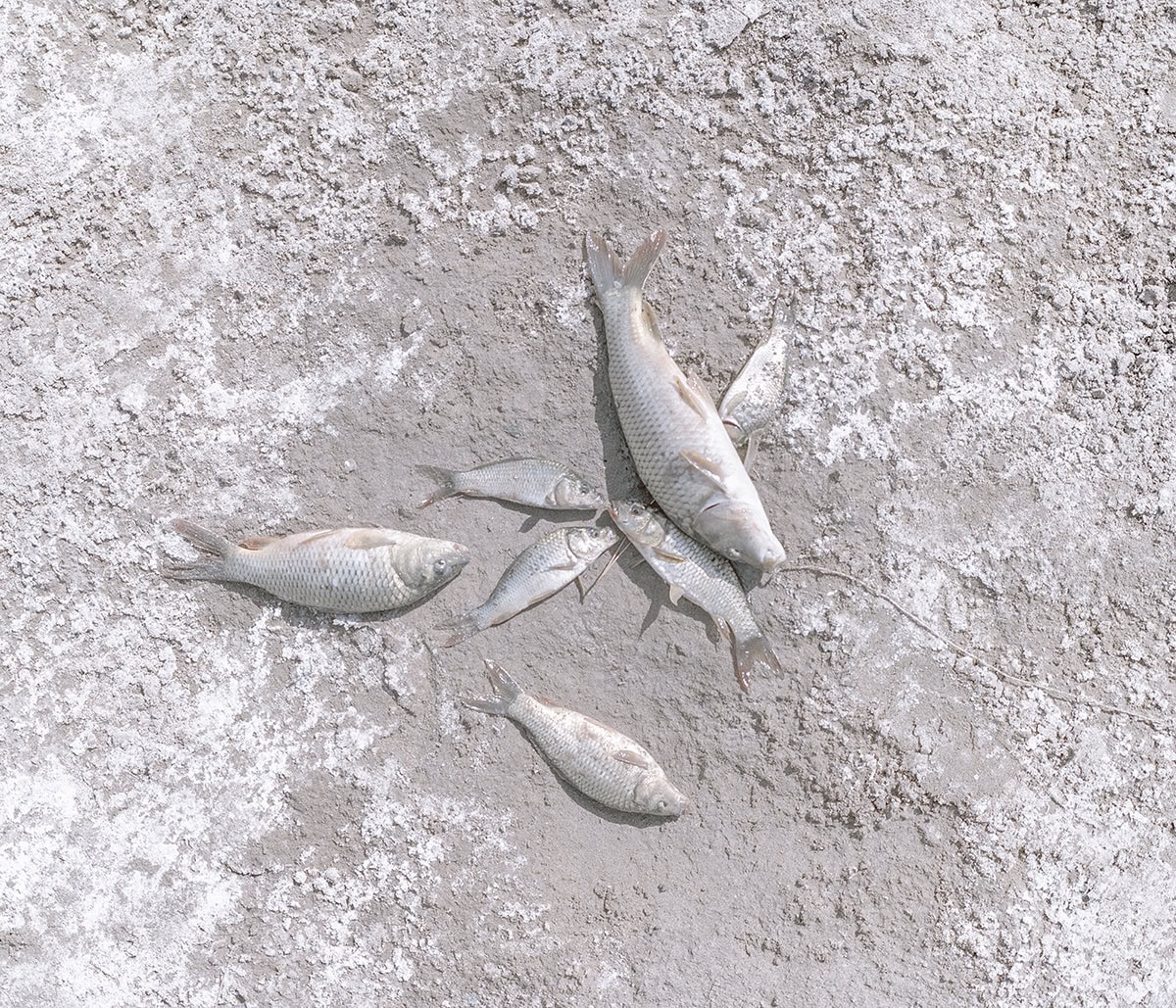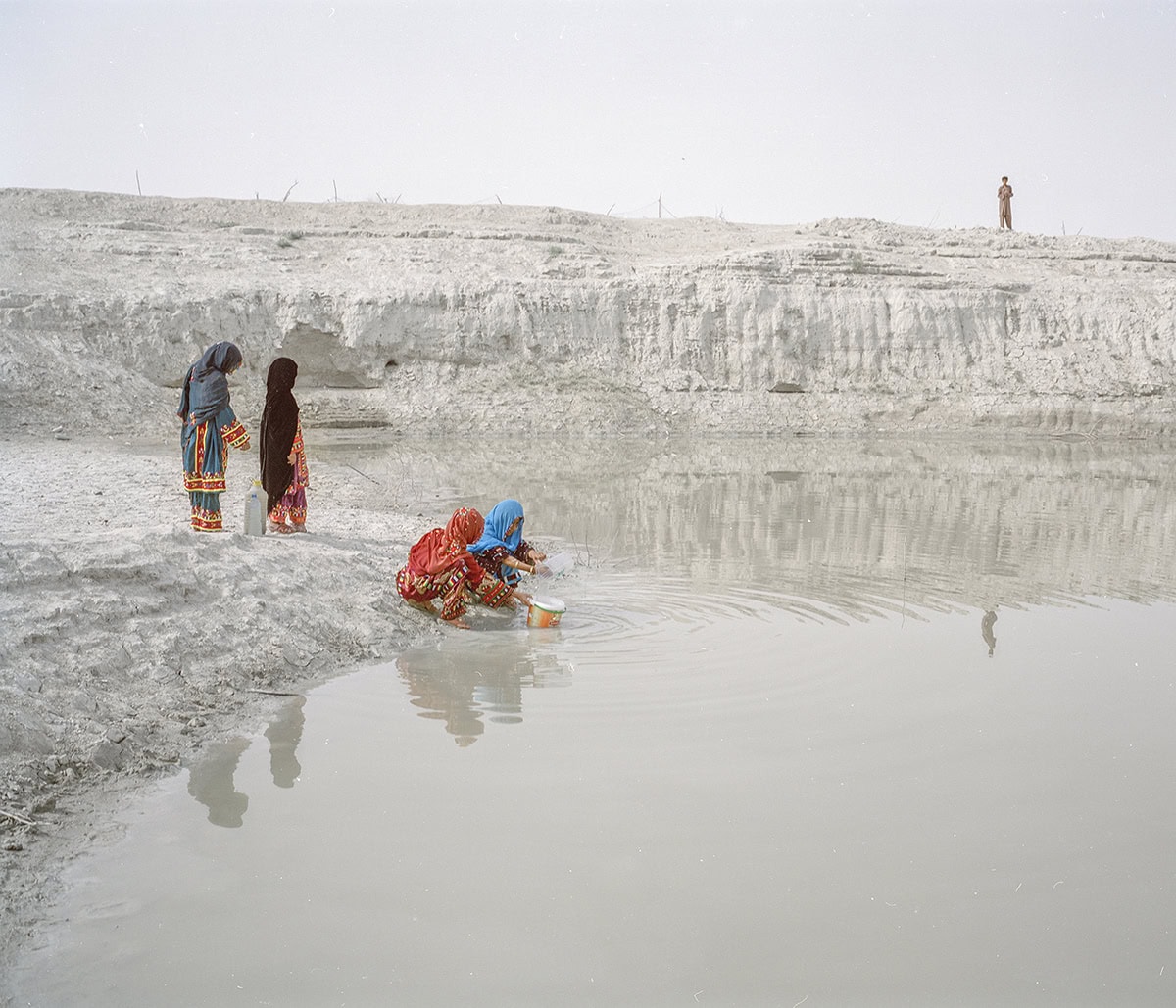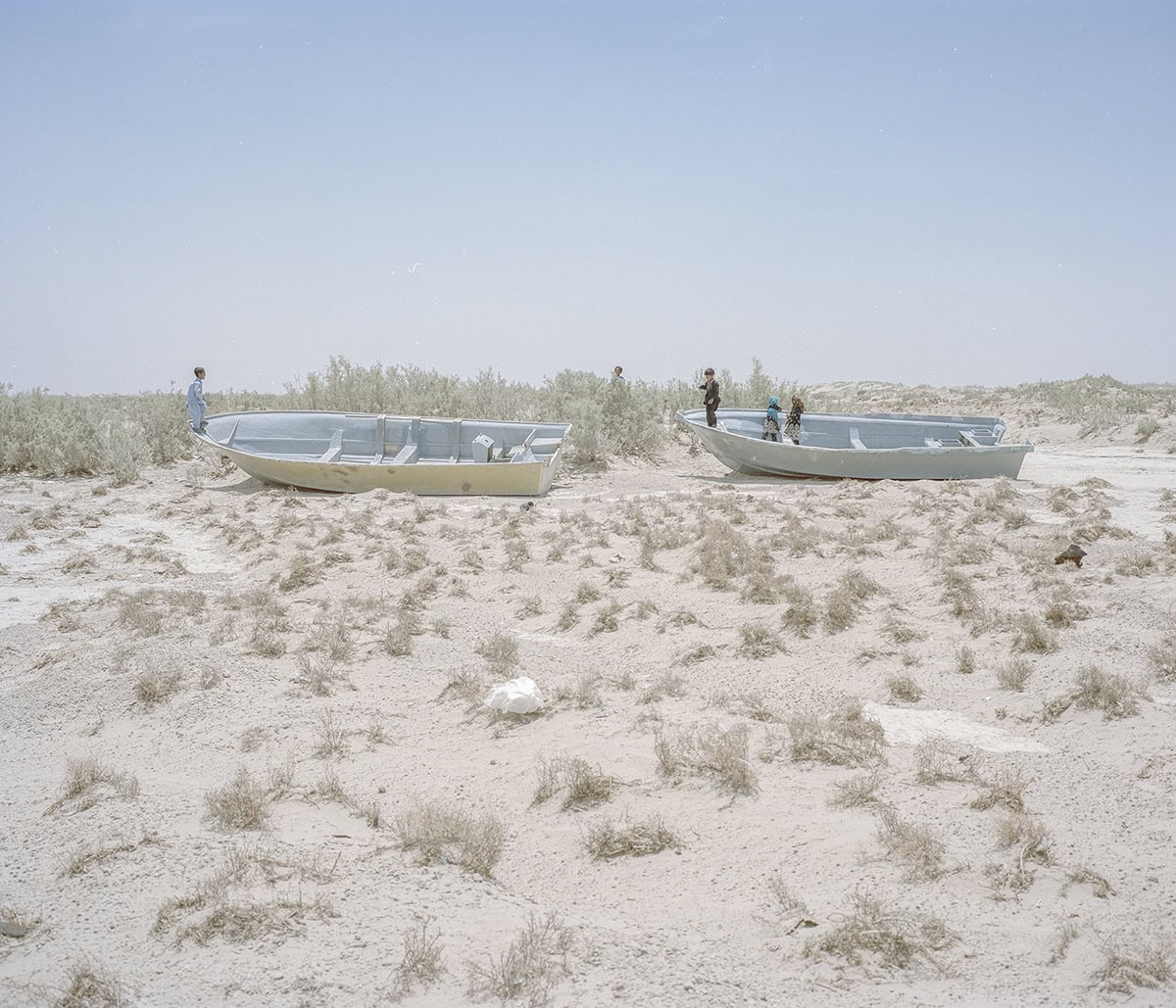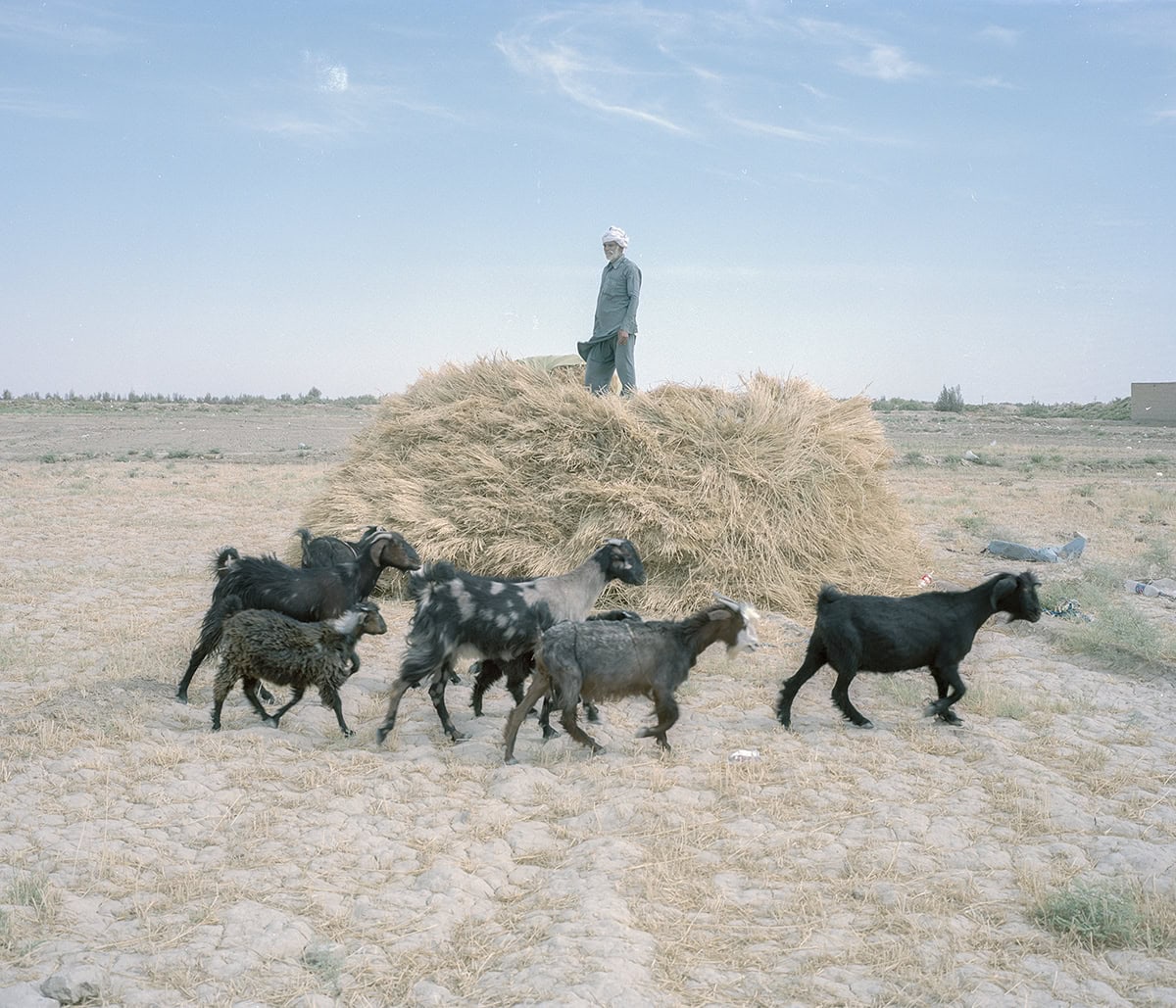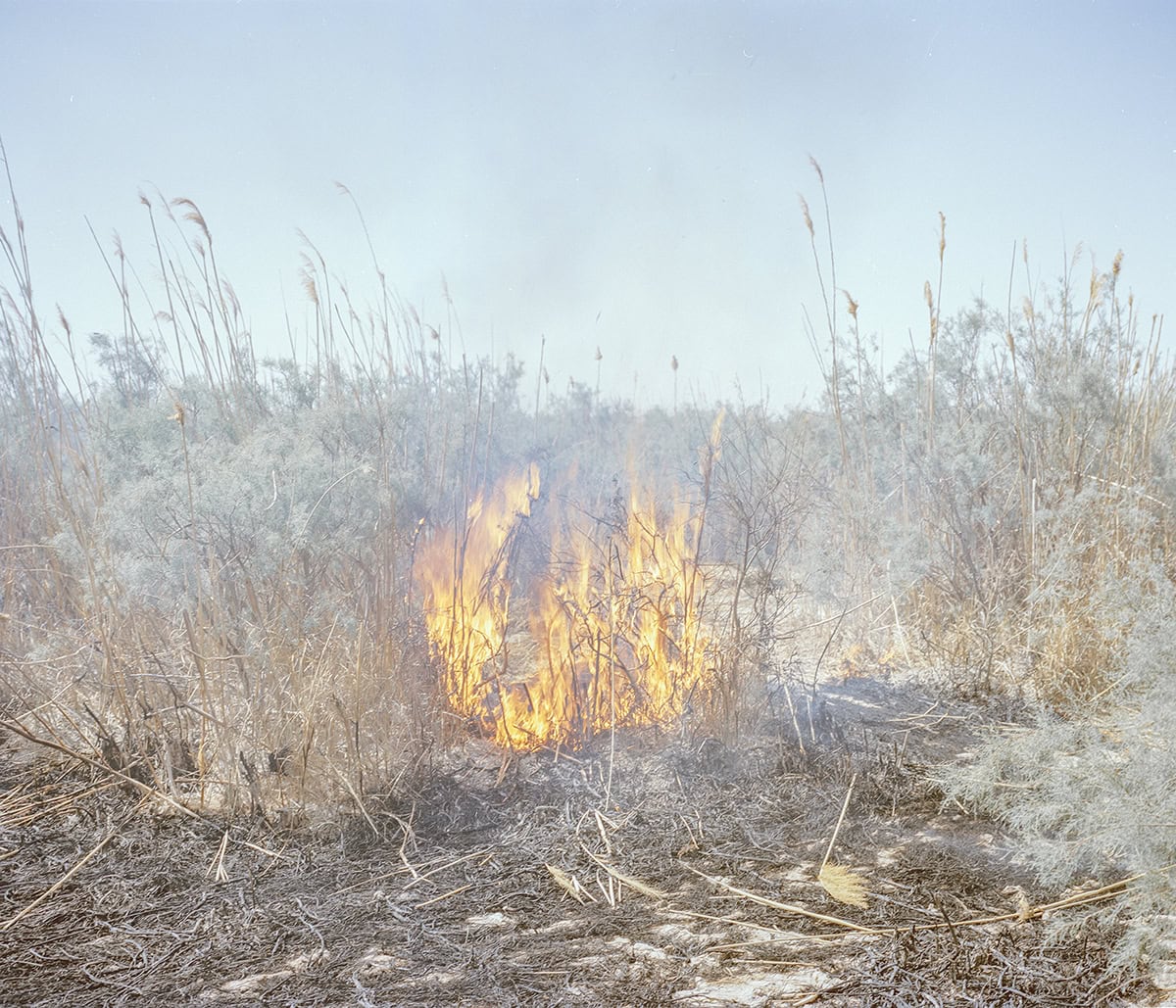Hashem Shakeri is an artist, photographer and filmmaker who lives in Tehran. He began practicing photography in 2006 and started a professional career in documentary photography in 2010. Since then he has been working as a freelance photographer on a range of commissions and private projects in Iran, Turkey, South Korea, Malaysia, France and Denmark.
He says:”One of my major concerns is the psychological investigation of human relationships in the contemporary world. By capturing restlessness, perplexity and social struggle in the modern capitalist world, I record the optical unconscious of the society and provide a universal narrative with a personal insight. I capture the souls of my subjects in my images at the most decisive moment, as they live most vibrantly. For me, photography is defined as these moments where people’s souls turn to poetry in images”.
He has been involved in many national and international festivals and received many awards: the Ian Parry Scholarship 2015, the Lucas Dolega Award 2016, the POYi’s World Understanding Award in 2017 and the Lens Culture’s Emerging Talents Award for 2018 to name a few.
He has held various exhibitions around the world, being shown in many museums, festivals and biennales. His latest group exhibitions were at the ‘2017 Rencontres de la Photographie’ in Arles, ‘Paris Photo 2018’ in Paris and ‘ICP Museum’, New York, 2019.
His works have been featured in numerous publications around the world such as Sunday Times, British Journal of Photography, New York Times, Paris Match, Aperture, Reporters Without Borders, Gup Magazine, Courrier International, National Geographic, 6Mois, Spiegel, Wired, and others.
About ‘An Elegy for the Death of Hamun‘:
As the largest province of the country, Sistan and Baluchestan is located in the southeast of Iran and shares borders with Afghanistan and Pakistan. It was a forest once, with a history of over 5000 years; it used to be a great source of crops in the country. Now, the province is facing rapid climate change, which has turned this vast region into an infertile desert. Drought, unemployment and hopelessness for the future of this land have made over one-fourth of the population migrate in recent years. Sistan and Baluchestan is now doomed to vanish and turn into a myth. The cracked arid land of Lake Hamun is similar to a corpse covered with dust and gone into a deep sleep. Lake Hamun is connected to Helmand/Hirmand River which stems from Afghanistan. The Afghanistan government has built four extensive dams in the Upstream Helmand, which prevents the water from reaching Iran. This has led to the fact that any fluctuation in the water level, causes problems for the whole system.
However, today there is nothing left of the Lake, except for a cracked barren land with dried reeds that catch on fire easily under the hot sunlight. In the past, the reeds in Lake Hamun were not only the main source for feeding the livestock but were also used in making traditional boats called Totens, which were used for sailing to central cities of the province. In the past, people made their living by fishing, farming and animal husbandry in this region. Their lives were totally dependent on Lake Hamun. With Hamun dying, the great diversity in wildlife and vegetation has virtually vanished. The province has been suffering from drought, famine, unemployment and depopulation for years now. Currently, about 1600 villages in the province lack healthy drinking water and are periodically visited by water tankers. Sistan is now regarded as the land of forgotten and exhausted people; it is the land of people whose voices have not been heard so much that they have become silent and, with little hope, they are trying hopelessly in the dried and silent wilderness to revive their villages and cities. In the recent past, they used to be the masters of Lake Hamun and they could go fishing freely on boats. Now their boats are mostly broken, capsized, empty and left ashore the dried bank of Hamun. Drought has led to an increase of unemployment, addiction and smuggling in the region.
All these problems have contributed to the depopulation of the province. People move to other places such as the free Cha’bahar harbor in the south or Golestan province in the northeast, so they can live in farms again.
Nonetheless, there is no paradise waiting for them anywhere. Despite the decades passing, the differences between the Balouch and Golestani people are still considerably high.
